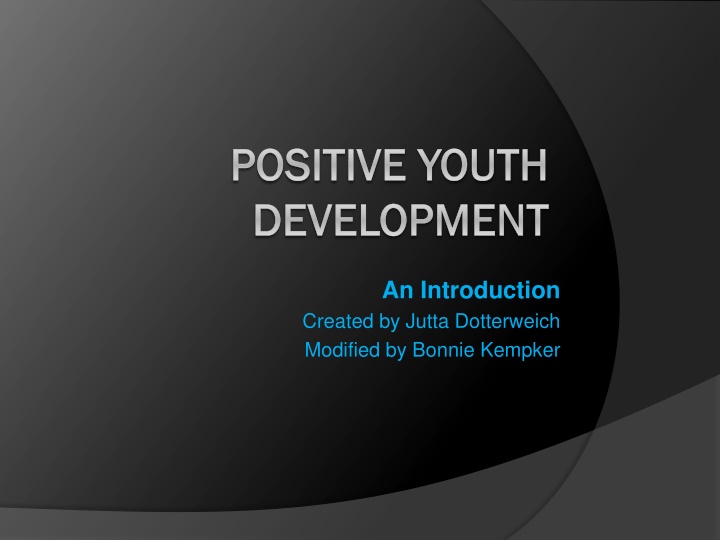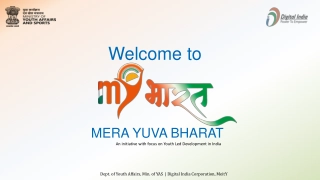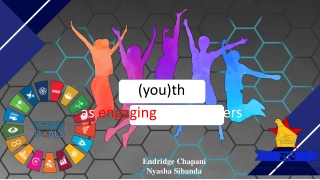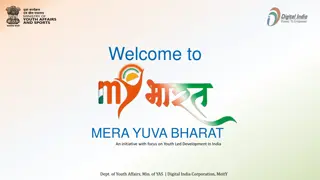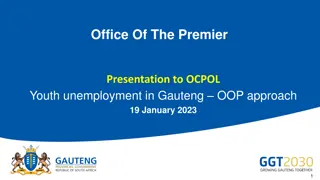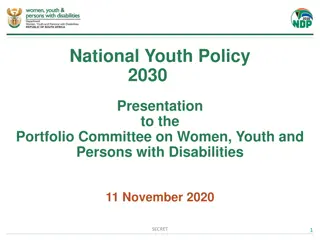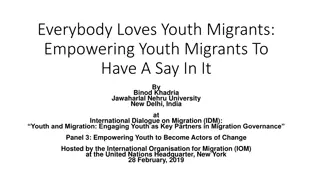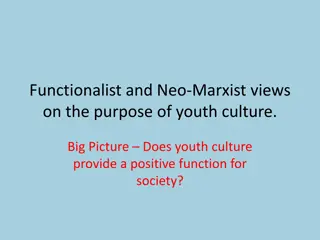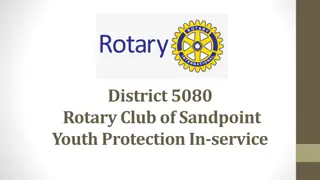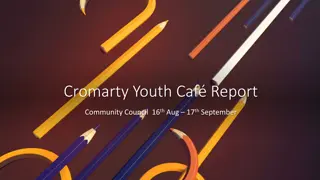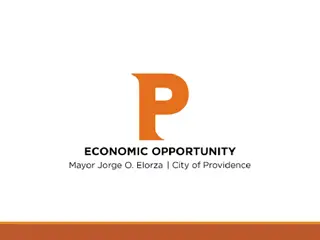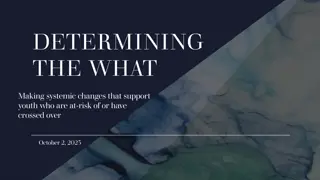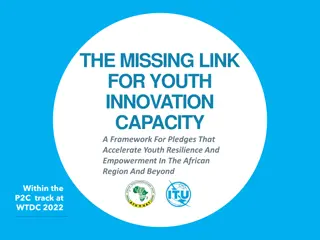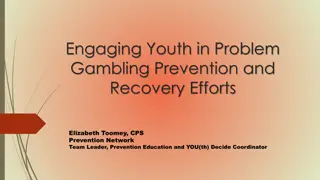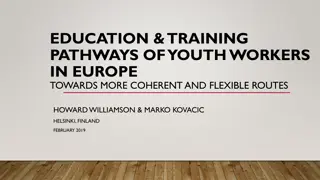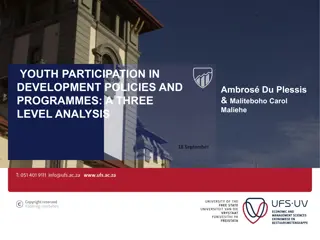Positive Youth Development
Positive youth development (PYD) focuses on creating positive outcomes, fostering youth voice and engagement, providing long-term support, being universal and inclusive, and promoting community-based collaboration. It shifts the perspective from fixing problems to building on strengths, emphasizing proactive approaches for youth development.
Download Presentation

Please find below an Image/Link to download the presentation.
The content on the website is provided AS IS for your information and personal use only. It may not be sold, licensed, or shared on other websites without obtaining consent from the author.If you encounter any issues during the download, it is possible that the publisher has removed the file from their server.
You are allowed to download the files provided on this website for personal or commercial use, subject to the condition that they are used lawfully. All files are the property of their respective owners.
The content on the website is provided AS IS for your information and personal use only. It may not be sold, licensed, or shared on other websites without obtaining consent from the author.
E N D
Presentation Transcript
POSITIVE YOUTH POSITIVE YOUTH DEVELOPMENT DEVELOPMENT An Introduction Created by Jutta Dotterweich Modified by Bonnie Kempker
What is Positive Youth Development? Positive youth development (PYD) is an approach that guides communities in the way they organize services, supports, and opportunities so all young people can develop to their full potential
What are the Underlying Principles? There are several key, research-based principles: Focus on positive outcomes Youth voice and engagement Long-term, developmentally appropriate involvement Universal and inclusive Community-based collaborative
Focus on Positive Outcomes Shift from preventing or fixing problems to creating positive outcomes such as competencies, connections, positive values, and meaningful participation
Youth Voice and Engagement Work with youth, not for youth. Engage young people as partners and listen to their expertise and perspective
Long-term involvement Support young people through their development while adjusting to their changing developmental needs. Twelve year olds need different support than sixteen year olds
Universal and Inclusive As a community we need to provide support and opportunities to all young people, not just the high risk , targeted groups, or the high achieving groups
Community-Based Collaboration For positive youth development to succeed, non-traditional community sectors such as businesses, faith communities, or civic organizations need to be involved
The Positive Youth Development Shift Positive youth development changes how we look at and provide youth services Move from fixing problems to building on strengths Instead of reacting to problems we are pro- active to build positive outcomes Youth are no longer recipients of service and become resources and active participants
Strength-Based Approach A strength-based approach is a powerful set of ideas, assumptions, and techniques: People are active in the helping process All people have strengths Strengths foster motivation for growth Strengths are internal and environmental
Features of Positive Development Settings Successful youth development includes: Physical and psychological safety Supportive relationships Opportunities to belong Positive social norms Opportunities for skill building
